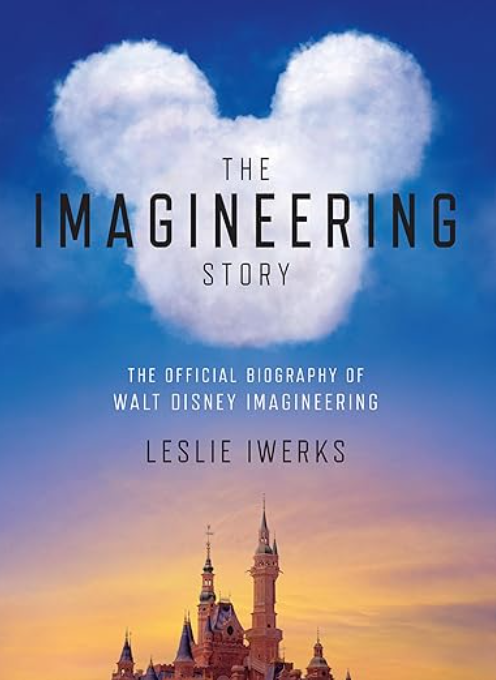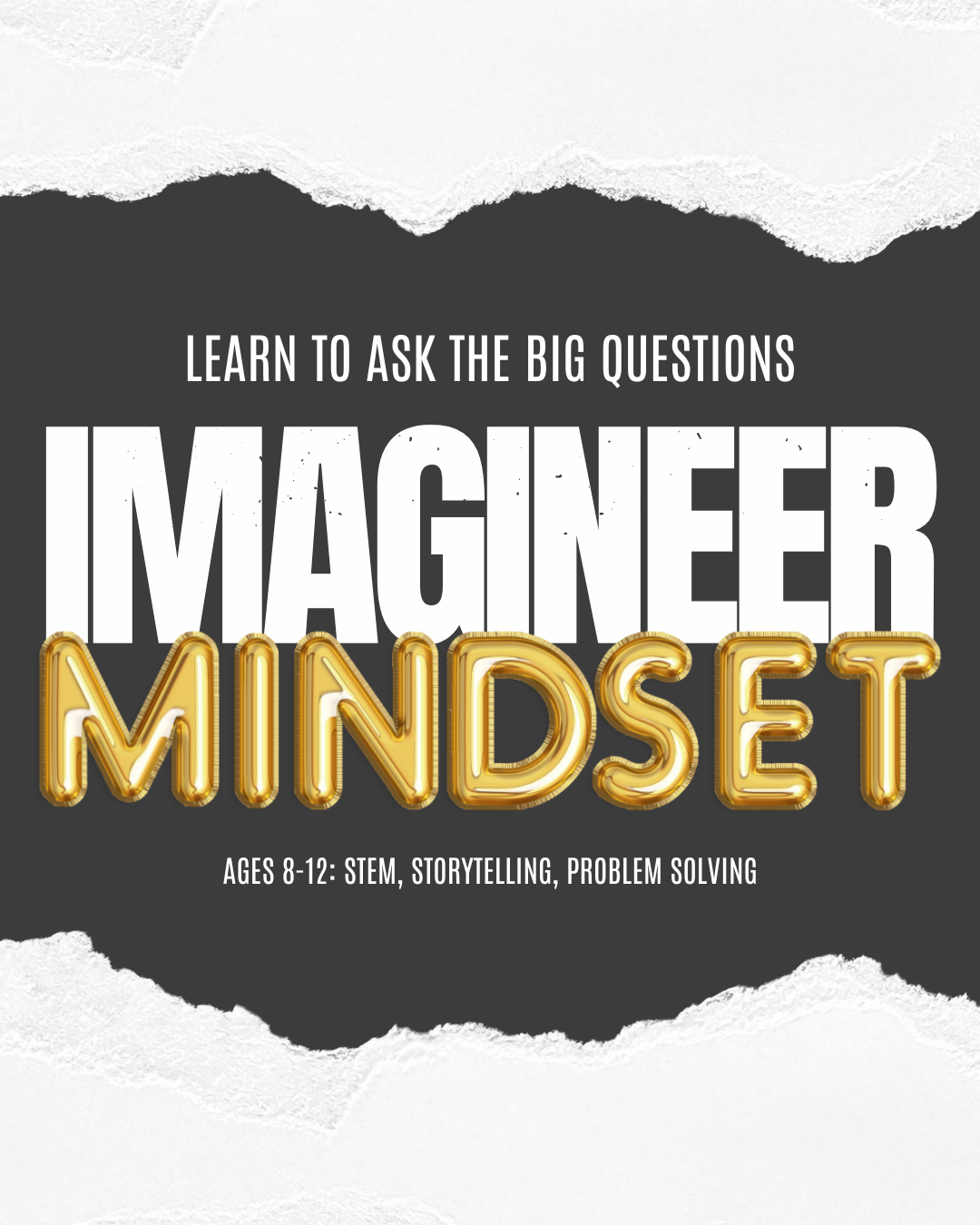Think Like an Imagineer: How to Model Critical Thinking and Creativity for Your Kids
Why We Teach How to Think
In our homeschool journey, I’ve found that the most magical learning doesn’t come from textbooks or pre-scripted worksheets. It comes from modeling how to think, not just what to think. Kids are natural question-askers, storytellers, and tinkerers. When we, as parents and educators, learn to think out loud and share our own problem-solving process, we give our kids the tools to tackle life with confidence and creativity.
To help with this, I created the Imagineer Mindset printable. It help kids tap into that spark of curiosity and begin thinking like the designers behind some of the most imaginative experiences in the world: Disney Imagineers.
What Is an Imagineer?
An Imagineer is someone who blends imagination with engineering. Walt Disney coined the term to describe the creative professionals (artists, scientists, engineers, writers, and builders) who bring theme park attractions to life.
These brilliant minds ask bold questions like:
What if we shrank to the size of a toy?
Could we build a mountain in Florida?
How can we simulate space travel in a restaurant?
They use storytelling, science, and technology to craft unforgettable, immersive experiences. If you're curious to learn more, I highly recommend The Imagineering Story on Amazon. It’s the official biography of Walt Disney Imagineering and a must-read for anyone fascinated by creativity and innovation.
Five Ways to Model Critical Thinking for Kids
Critical thinking isn’t something you assign… it’s something you model. Our kids learn the most when they watch us wrestle with decisions, solve everyday problems, and stay curious about the world.
Here are five ways you can model that mindset:
1. Think Out Loud
Let your kids hear how you work through challenges. Try saying things like:
“Hmm, this isn’t working. What’s another way we could do this?”
“Let me try a different idea and see if it helps.”
2. Ask “What If” Questions
These spark creative thinking and invention. Ask your child:
“What if we reused materials to solve this?”
“What if this story took place in space instead?”
3. Narrate Your Curiosity
Show them that adults don’t always have the answers (and that’s okay). Try:
“I’m not sure why that works. Let’s look it up together.”
“Let’s add that question to our research list!”
4. Reframe Mistakes as Discovery
When things don’t go as planned, model resilience:
“This didn’t work the way we expected, but now we know what to change.”
5. Celebrate the Process, Not Just the Product
Praise effort, not just answers:
“I love the way you thought through that problem.”
“That’s a creative solution. Tell me more!”
These strategies help children become independent, thoughtful learners ready to take on big challenges… just like Imagineers.
The Imagineer Mindset Printable
So how can we encourage our kids to think this way?
Enter: the Imagineer Mindset Worksheet Set.
This printable is a creative thinking tool designed to help kids ages 8–12 practice asking meaningful questions, connecting STEM with story, and developing a plan to bring their ideas to life.
It can be used:
After a Disney park visit or movie to reflect on what they experienced
As part of a weekly creativity or STEM session
To launch a new unit on science, design, or storytelling
As a project guide for inventions, experiments, or creative writing
It’s not a test. It’s not a rigid assignment. It’s a launch pad for imagination.
What's Inside the Worksheet?
Each page guides your child through open-ended prompts like:
What problem are you trying to solve, and who would it help?
What parts of your idea already exist, and what needs to be invented?
What tools, materials, or knowledge do you need to bring it to life?
They’ll also explore:
The “Big Question of the Day”
How STEM meets story
An “Assembly Bay” to plan and research their ideas
It’s all designed to feel empowering and exciting… like they’re part of a creative mission.
Why It Matters
This kind of learning doesn’t just fill a page. It fills a child with confidence.
When we give our kids tools to think like creators (not just consumers) they learn to:
Ask better questions
Observe, explore, and reflect
Combine ideas in new and meaningful ways
See failure as part of the process
Solve real problems with empathy and imagination
That’s the power of an Imagineer Mindset.
And that’s what I hope this printable brings to your homeschool or classroom: a little bit of Disney magic and a whole lot of purpose.
Other Blog Posts You May Enjoy
Have you tried the Imagineer Mindset worksheet with your kids? I'd love to hear what they created or discovered! Leave a comment or tag me on Instagram @disney.homeschool










